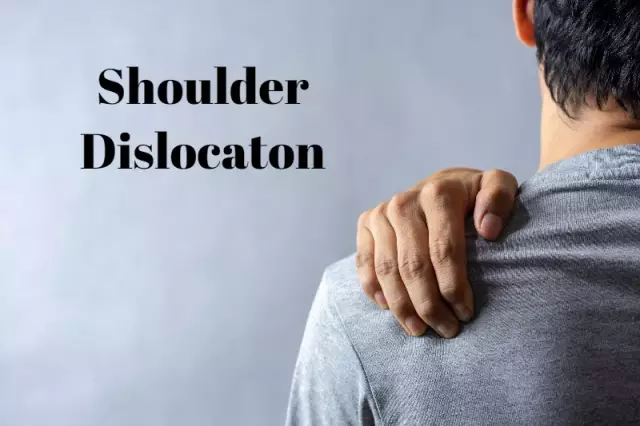- Author Rachel Wainwright [email protected].
- Public 2023-12-15 07:39.
- Last modified 2025-11-02 20:14.
Dislocation
Dislocation (luxatio) - persistent displacement of the articular ends of the connecting bones beyond the boundaries of their physiological mobility, leading to dysfunction of the joint.
Allocate dislocation:
- Central femur (femoris centralis) - dislocation of the hip in combination with a fracture of the bottom of the acetabulum, in which the head of the femur is displaced into the pelvic cavity;
- Congenital (congenita) - caused by the intrauterine abnormal development of the elements of the joint (mainly the hip);
- Old (inveterata) - which remained unreduced after injury and does not lend itself to closed reduction due to changes that have occurred in the tissues adjacent to the joint;
- Incomplete (synonym: subluxation) - in which the contact of the articular surfaces is partially preserved;
- Paralytic (paralytica) - pathological dislocation caused by paralysis of one of the limb muscle groups, leading to an overweight of the antagonist muscle group;
- Pathological (pathologica) - caused by a disease of the joint, which causes violations of the articular surfaces (ends) of the bones;
- Complete (completa) - in which there is a complete divergence of the articular surfaces;
- Habitual (habitualis) - dislocation, systematically repeated in the same joint, caused by anatomical changes in the articular ends (surfaces) of the bones and / or weakness of the ligamentous apparatus of the joint and adjacent muscles;
- Traumatic (traumatica) - caused by external mechanical stress.
Found a mistake in the text? Select it and press Ctrl + Enter.






